Copywriting vs. SEO Writing: Comparison With Pros And Cons
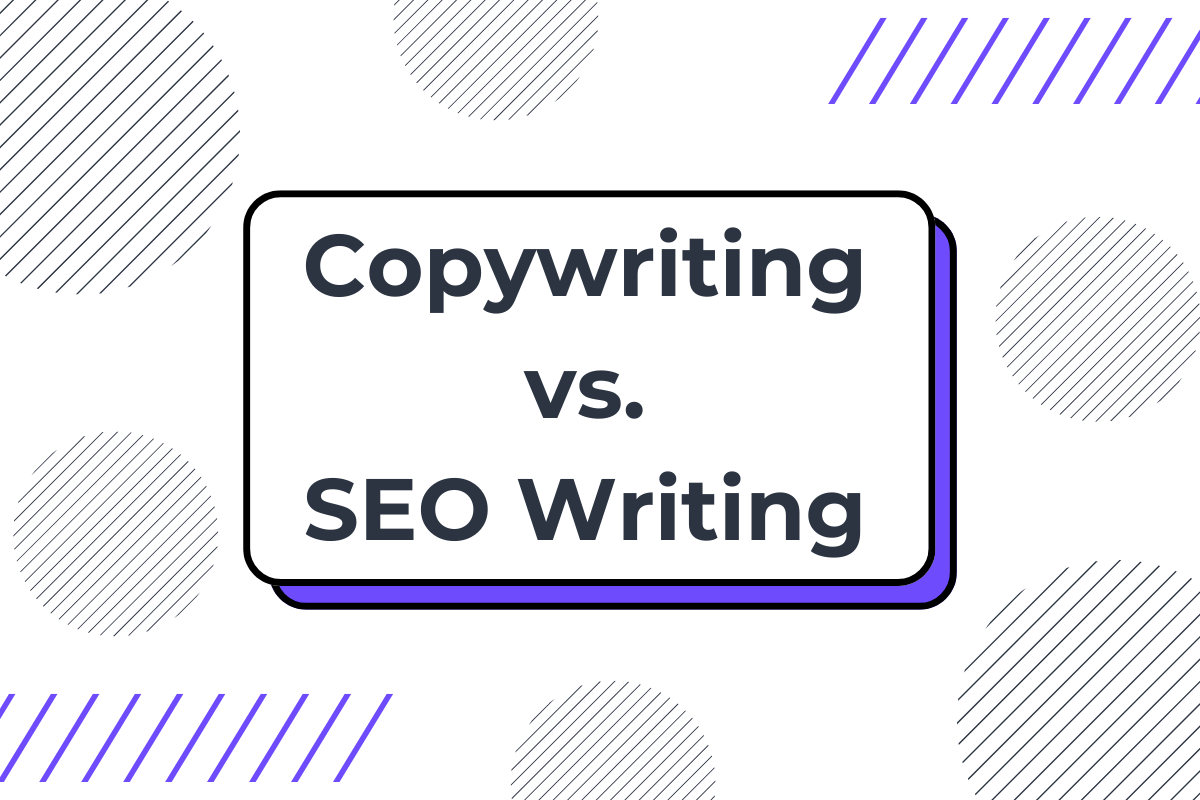
Whether you're a content marketer, freelance writer, or blogger, you need to understand the distinction between copywriting and SEO writing.
Both are important to digital marketing, but they serve different purposes. If you're here, you're likely trying to determine which writing style will drive the best results for your business or career.
Copywriting is all about content that's designed to sell or inspire action. On the other hand, SEO writing is crafted to rank higher in search engines and pull in organic traffic.
But how do you distinguish between these two types? More importantly, how do you decide when to use each?
In this guide, we'll break down 5 essential differences between copywriting and SEO writing. These differences will help you decide which is right for your next project.
What Is Copywriting?

In Copywriting, the goal is to convert readers into customers, subscribers, or action-takers. This type of writing is usually used in advertising, sales pages, email marketing, and landing pages.
-
Purpose: Encourage readers to take a specific action.
-
Typical content: Ads, sales pages, product descriptions.
-
Tone: Persuasive, emotional, and conversational.
The key is that copywriting drives immediate actions. It creates a sense of urgency and moves people to make decisions. Emotions are often used to inspire people to act now, whether it’s buying a product, signing up for a newsletter, or booking a service.
What Is SEO Writing?
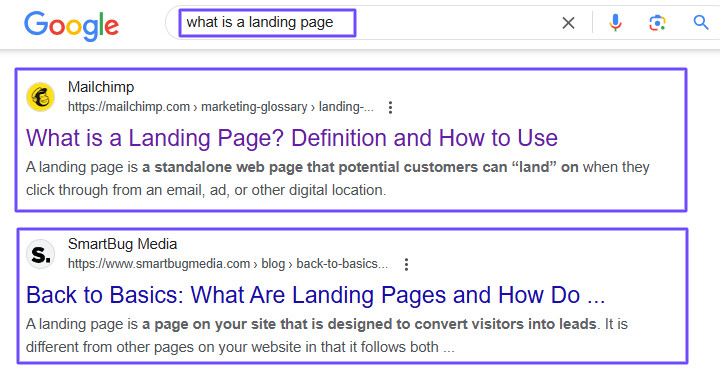
SEO writing, on the other hand, is focused on optimizing content for search engines. The aim is to rank higher on Google and other search engines for relevant keywords. It’s about driving traffic, not necessarily immediate conversions.
-
Purpose: Rank content on search engines.
-
Typical content: Blog posts, articles, website content.
-
Tone: Informative, educational, and keyword-focused.
SEO writing balances two things: providing valuable information to readers and using the right keywords to attract search engines. While it’s important to engage readers, SEO writing must also follow certain technical guidelines to rank.
What’s The Difference Between SEO Copywriting and SEO Writing?
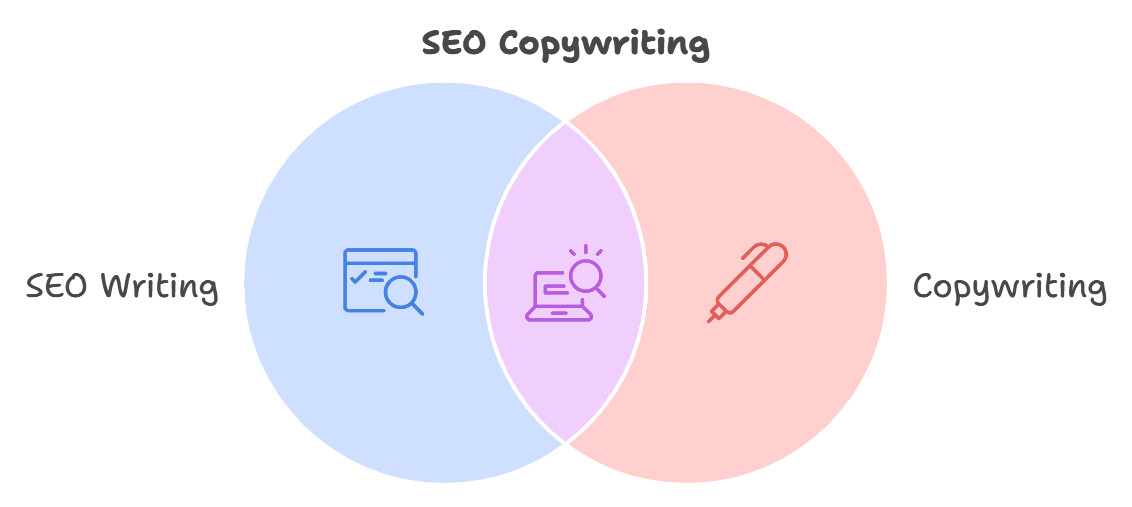
Once you combine SEO Writing and Copywriting, you get SEO Copywriting.
SEO Copywriting is one of the subsets of Copywriting where SEO skills are used along with your copywriting skills. The main difference between an “SEO Written Content” and an “SEO Copy Written” content is “Conversions”.
Here’s an example of an “SEO Written Content”. The main goal of the blog post is to educate and inform the reader about all the concepts related to the topic ‘what is seo’.

And that’s why, the blog content from Search Engine Land is also written in a informative and educational way:
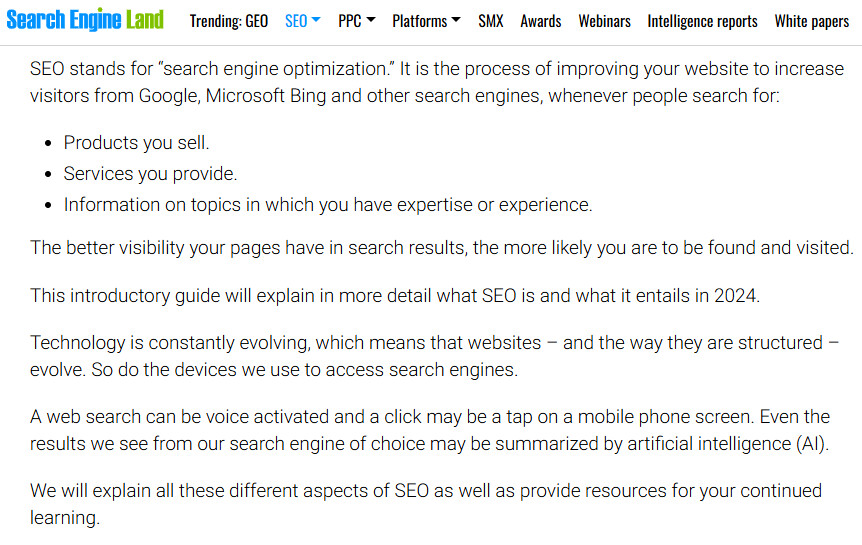
Now here’s an example of a “SEO Copy Written Content”.

The keyword “best social media management tools” itself highlights that it’s more of a buyer intent keyword rather than just an informational keyword.
As a result, brands like Buffer (a social media management tool) have targeted the search query so that they can reach their ideal customers.
Here’s an example blog post from Buffer on the “best social media management tools”.

As you can see in the above example, unlike the previous information SEO Writing example, Buffer’s blog post is more conversational, speaking directly to their ideal customers, focusing on their problems, and gradually moving them towards the solution. That’s what copywriting is all about.
So here’s the thing:
-
SEO Writing - The main Goal is to rank on the search results page and that’s it.
-
SEO Copywriting - The goal is to rank on the search results page as well as get conversions (crafting content in a way that gets leads and customers for the brand)
Related Read: Best SEO Copywriting Tips
Now, let’s take a closer look at the difference between Copywriting and SEO Writing.
5 Essential Differences Between Copywriting and SEO Writing
1. Goal And Purpose
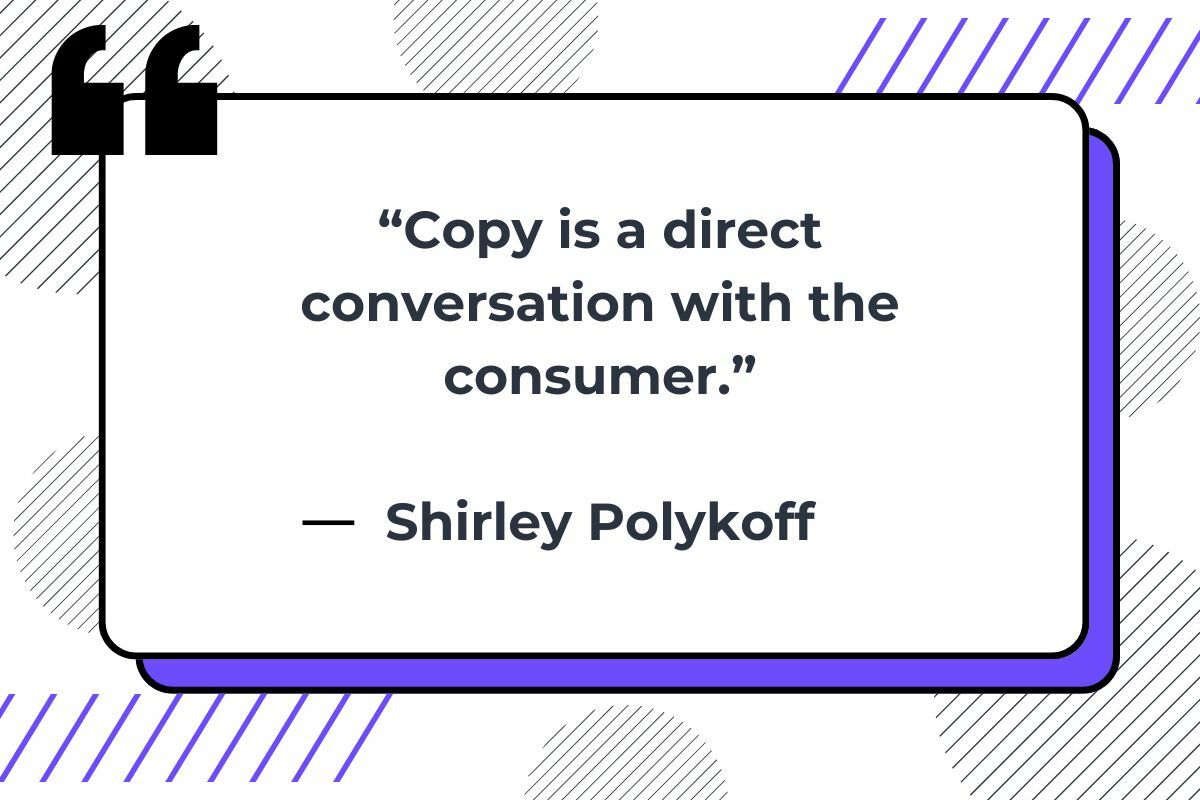
The main difference between copywriting and SEO writing lies in their goals. Copywriting's goal is conversion. You’re writing to persuade people to take action immediately—buying, subscribing, or signing up. It often focuses on emotional factors and urgency to push readers toward action.
SEO writing’s primary goal is visibility. It's about ranking higher on search engines to attract organic traffic. While there is a conversion goal eventually, SEO writing works more like a long-term strategy to drive traffic consistently.
| Difference | Copywriting | SEO Writing |
|---|---|---|
| Goal | Drive immediate conversions | Rank on search engines |
| Primary Focus | Persuasion, emotional appeal | Keywords, search visibility |
| Call to Action (CTA) | Always direct (Buy now, Sign up) | Often indirect (Read more, Learn more) |
2. Audience Focus

Copywriting speaks directly to a target audience that is ready to make a decision. Above is an example of a landing page copy from GetResponse. You can see how the content speaks directly to the needs and interests of their target audience.
In Copywriting, you know who your readers are, and your writing aims to connect with their pain points, emotions, and needs. Your writing speaks their language, making it highly personalized and targeted.
SEO writing, on the other hand, is often written for a broader audience. You are crafting content for searchers who might not even know about your product yet. The writing should be informative and educational, appealing to anyone who might come across it while searching for information.
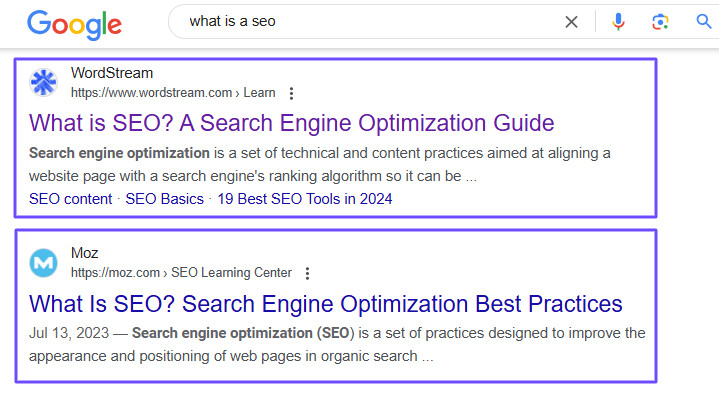
3. Writing Style And Tone
Copywriting uses a persuasive tone. Here’s an example from the Apple Watch Landing page. You can notice how for every feature, the benefit has been clearly explained so that the reader is excited to check out the product.

It’s often conversational, short, and effective. Your job is to hook readers quickly and compel them to act. Copywriting often incorporates emotional triggers, storytelling, and bold CTAs.
In contrast, SEO writing is informative and often longer. The tone is more educational and structured to provide value. While it still needs to engage the reader, the style leans towards answering questions or providing solutions to problems.
4. Content Structure
Copywriting tends to be more flexible in structure. It may include bullet points, short paragraphs, or even a one-line sentence to drive home a point. The content is designed to hold the reader’s attention and push them toward a decision quickly.
In contrast, SEO writing follows a more structured format with clear headings, subheadings, and optimized keywords. It’s important for SEO content to be scannable and well-organized to not only satisfy human readers but also search engine algorithms.
| Copywriting | SEO Writing |
|---|---|
| Short, effective sentences | Long, informative paragraphs |
| Flexible, creative structure | Structured, scannable content |
| Emotional, urgent CTAs | Subtle CTAs, longer-term focus |
5. Success Metrics
The final major difference is how success is measured. In copywriting, success is usually measured by conversion rates: Did the reader make a purchase? Did they sign up for your newsletter? Metrics include click-through rates (CTR), sales, and lead generation.
For SEO writing, success is measured by rankings and traffic. How well does the content rank for its targeted keywords? How much organic traffic is it pulling in? Metrics include search engine ranking positions (SERPs), organic traffic, and time spent on the page.
Skills You Need For Each
Mastering either copywriting or SEO writing means building a different skill set. Here’s what you need to focus on to become strong in each.
Copywriting Skills
If you're aiming to become a copywriter, your strength needs to be persuasion. Your words need to move people emotionally and guide them toward a clear action.
Here are the skills to focus on:
-
Understanding buyer psychology - Know what motivates people to say yes. Learn how fear, urgency, curiosity, and desire influence decisions. Study how people think before they click “buy.”
-
Writing benefit-driven copy - Features tell, but benefits sell. You need to translate product features into outcomes your audience actually wants. For example, “10-hour battery life” becomes “Work all day without looking for a charger.”
-
Simplicity in writing - Every word in your copy should have a purpose. If it doesn’t move the reader forward, remove it.
-
Crafting strong calls to action - Learn how to write CTAs that are specific and actionable. For example, “Start your 14-day free trial” is better than “Learn more.”
-
Adapting tone to the audience - Whether you're writing for startups, e-commerce, or SaaS, your tone needs to match your reader. Study the brand voice and speak directly to their mindset and needs.
-
Structuring copy for flow - Know how to guide a reader from headline to CTA in a logical sequence. Learn how to break content into scannable chunks using formatting like bold, bullet points, and subheadings.
SEO Writing Skills
For SEO writing, your focus should be on helping content rank well and keeping readers engaged once they land on the page.
Here are the skills to develop:
-
Keyword research and intent matching - You need to find keywords people are actually searching for and understand why they’re searching. If someone searches “how to change a bike tire,” they want a step-by-step guide—not a sales pitch.
-
On-page SEO fundamentals - You should know how to optimize blog post titles, meta descriptions, headings, URLs, and internal linking. It’s not just about writing—it’s about structuring your content correctly.
-
Clear content structure - Break down long content into digestible parts. Use headers that reflect search intent. Make sure the introduction clearly tells the reader what they’ll learn.
-
Writing for humans first - Keywords matter, but readability matters more in writing SEO-focused content.
-
Competitor analysis - Learn to study what top-ranking pages are doing. Analyze their content depth, structure, and keyword usage—then write something more helpful.
-
Content updates and optimization - SEO writing doesn’t end after you publish. Learn how to update content regularly, add new data, improve readability, and keep up with algorithm changes.
Which One Pays More: Copywriting Or SEO Writing?
How much you earn depends on the kind of projects you take, how specialized your skills are, and your ability to prove results. But in general, copywriting pays more per piece, while SEO writing offers consistent, long-term work.
Copywriting Income Potential
Copywriting is closely tied to revenue. Since businesses see direct returns from a good landing page or email campaign, they’re willing to pay more for skilled writers.
Here are typical ranges:
| Copywriting Project | Average Rate |
|---|---|
| Landing page | $500 – $3,000 |
| Email sequence (3–5 emails) | $300 – $2,000 |
| Sales letter or funnel | $1,000 – $5,000+ |
| Product description sets | $200 – $1,500 |
To get higher rates in copywriting:
-
Build a portfolio that shows results (clicks, sales, conversions).
-
Focus on high-value industries like SaaS, finance, or health.
-
Learn direct response principles and specialize in performance-driven copy.
Related Read: 12+ Most In-Demand Types Of Copywriting
SEO Writing Income Potential
SEO writing tends to pay less per article but offers steadier, repeatable work. Many companies need regular blog content, and that opens the door to ongoing contracts.
Here are typical ranges:
| SEO Writing Project | Average Rate |
|---|---|
| Blog post (800–1,200 words) | $100 – $500 |
| Long-form guide (2,000+ words) | $300 – $1,000 |
| Web page content | $150 – $600 |
| Monthly blog package (4–8 posts) | $600 – $3,000 |
To earn more with SEO writing:
-
Work with clients in competitive niches like law, tech, or real estate.
-
Show you can improve rankings, traffic, or engagement.
-
Offer content strategy or topic planning as a value add.
Blending Both For Higher Earnings
The highest-paid writers often combine SEO and copywriting. For example, a writer might create a blog post that brings in organic traffic and include strong product CTAs to increase conversions. This hybrid approach allows you to charge more because your content works harder.
You don’t have to choose one forever. Start with one, get solid at it, and then add the other. Being skilled in both makes you more valuable and opens more opportunities.
Pros And Cons Of Copywriting And SEO Writing
Before you choose a path, it’s important to understand the pros and cons of both copywriting and SEO writing. Each comes with specific benefits and challenges that affect how you work, what kind of clients you attract, and how you grow your income.
Let’s find out which one aligns best with your skills, goals, and workflow:
Pros Of Copywriting
-
Higher pay per project - Clients are willing to invest more in persuasive writing that directly influences sales, leads, or conversions.
-
Clear impact and measurable results - You can track conversions, click-through rates, or sales from your copy, which helps you build a strong case for your work.
-
Shorter content with focused goals - You’re often writing less content than long blog articles, but each word has more weight. Projects may be more intense but less frequent.
-
Opportunity to work on branding and strategy - Many copywriting projects include tone of voice development, messaging strategy, and positioning. This gives you more creative influence.
-
In-demand across industries - SaaS, e-commerce, coaching, health, and finance all need skilled copywriters to drive action from their audiences.
Cons of Copywriting
-
Higher pressure to deliver results - Your copy is expected to convert. If it doesn’t, you’ll be asked to revise or justify the approach. This requires confidence and data-backed reasoning.
-
Longer approval and feedback cycles - Since conversion-focused copy is tied to revenue, stakeholders often review your work in layers, and revisions can be more detailed.
-
Harder to get started without experience - Without a strong portfolio or results, it can be difficult to land high-paying copywriting clients. You’ll need to build trust with early wins.
-
Requires deeper understanding of business strategy - Copywriting isn’t just writing—it’s knowing how a business sells and what triggers action in that audience.
Pros of SEO Writing
-
Consistent demand for content - Businesses with blogs, niche sites, and online platforms constantly need SEO content. This means repeat work and long-term client relationships.
-
Lower pressure to deliver conversions - Your work is measured by engagement, traffic, and search visibility—not direct sales. That gives you more room to focus on clarity and helpfulness.
-
Faster entry point for beginners - It’s easier to get your first SEO writing gig by showing your research and writing skills. You don’t need to prove conversions, just quality and structure.
-
Helps build strong writing habits - You’ll get better at organizing information, simplifying ideas, and writing clearly—all essential skills for any type of writing.
-
Scales well with systems - Once you get efficient with keyword research and formatting, you can create content more quickly and take on multiple clients or retainers.
Cons of SEO Writing
-
Lower pay per article (especially early on) - Unless you specialize or work in competitive niches, SEO writing can pay less than copywriting. Many projects are priced by word count or volume.
-
Takes time to see performance - You won’t always know if your content is working right away. Rankings and traffic may take months to grow, and you may not have access to performance data.
-
Can become repetitive - Writing multiple articles on similar topics or with keyword targets can feel repetitive if the brief lacks depth.
-
Success depends on technical factors too - Even great SEO content can underperform if the website has technical issues, slow loading speeds, or poor domain authority. That’s often out of your control.
When To Choose Copywriting?
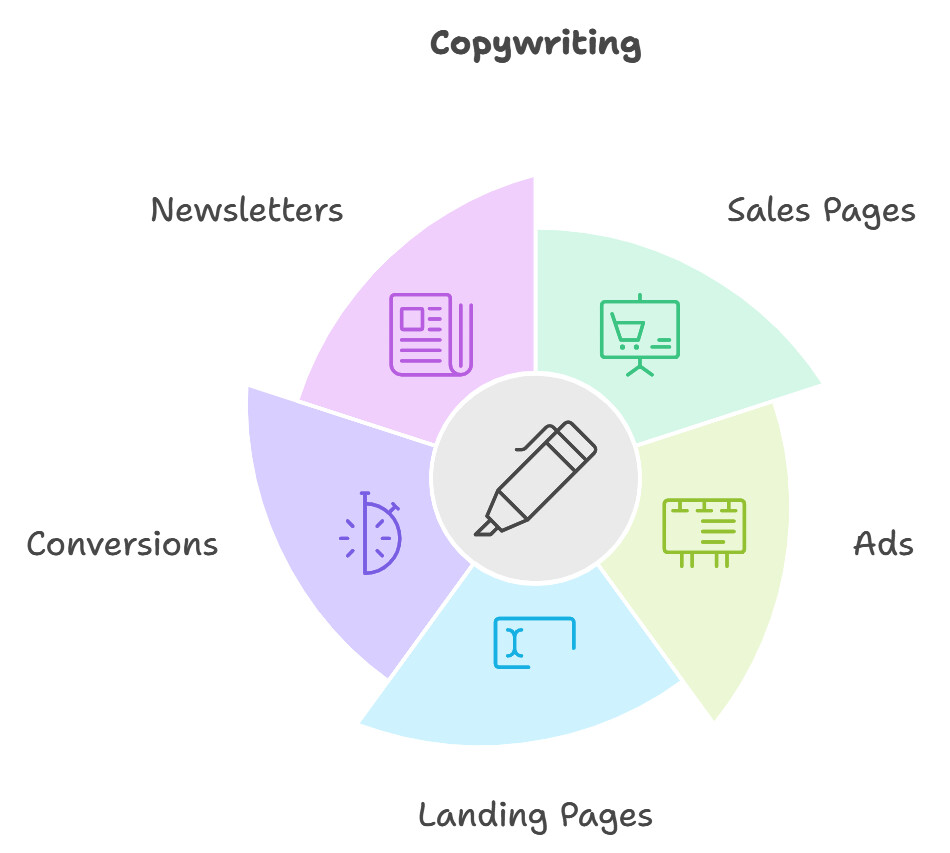
You should choose copywriting when your primary goal is to convert visitors into customers. If you’re running a campaign, launching a product, or creating a sales page, copywriting is the better option. It excels in short-term gains and direct action.
Use copywriting when:
-
You’re writing sales pages, ads, or landing pages.
-
Your goal is immediate conversion.
-
You need emotional engagement to drive action.
When To Choose SEO Content Writing?
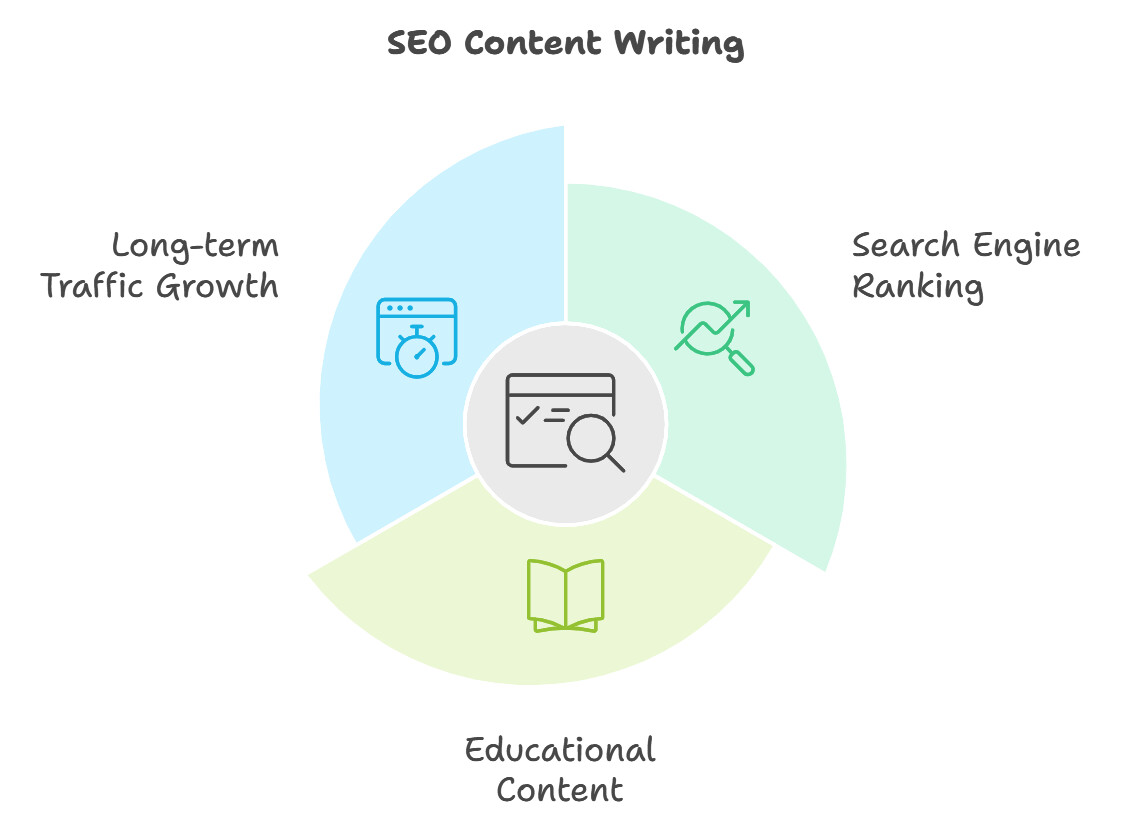
SEO writing is best for building long-term organic traffic. If your goal is to increase your website’s visibility, SEO writing will help attract readers over time. It's perfect for blog posts, website content, and other long-form content where keywords are essential.
Use SEO writing when:
-
You want to improve your site’s search engine ranking.
-
You’re focusing on educational content.
-
Your goal is long-term traffic growth.
Copywriting vs SEO Writing: Which One Is Better?
Whether copywriting or SEO writing is better depends on your goals, the type of project, and what kind of results you’re aiming for.
Here’s a complete breakdown that will help you pick which one fits your needs.
If You’re A Business Owner Or Marketer
You need to match the writing style with the stage of your customer journey.
-
Use SEO writing if you're trying to attract new leads who are searching for answers or information. For example, a blog post titled “Best Email Marketing Tools for Startups” will bring in people at the research stage.
-
Use copywriting if you want to convert those leads into customers. After reading the blog post, they might click through to your sales page. That’s where copywriting should take over and guide them to take action.
Best approach: Combine both. Use SEO to drive traffic and copywriting to convert it.
Related Read: A Step-By-Step Content Writing Guide For Food Blogs
If You’re A Freelancer Or Content Professional
Your choice depends on the kind of work you want to do and the pace at which you want to grow your income.
Choose copywriting if:
-
You want to work on fewer but higher-paying projects.
-
You're good at persuasion, understanding user psychology, and writing CTAs.
-
You’re interested in marketing, funnels, or direct response writing.
Copywriting clients often value results over word count. If your copy helps them increase revenue, they’ll pay more and return for more work.
Choose SEO writing if:
-
You prefer working on steady, long-term projects like blog posts or website content.
-
You enjoy researching and writing educational or informative content.
-
You want to build retainer relationships and consistent monthly income.
SEO writing clients often need content at scale—this means reliable work but lower rates per piece unless you specialize in a competitive niche.
Best approach: Start with the one that fits your skill set, then learn the other to increase your versatility.
Related Read: How To Write Content For Travel Blogs?
If You’re Building A Website Or Personal Brand
Ask yourself what your current goal is:
-
If you're trying to grow your traffic from search engines, SEO writing is more important at the start. You need content that ranks and pulls in new visitors.
-
If you already have traffic or a list and want people to take action—buy your product, book a call, or subscribe—copywriting is essential.
For example:
-
A freelance designer should use SEO writing to publish helpful blog content like “How to Choose the Right Website Layout” to get discovered.
-
Then use copywriting to write a services page that clearly explains the offer and convinces visitors to book a consultation.
Best approach: Build your visibility with SEO content, then use copywriting to turn that visibility into revenue.
If You Want Fast Results
Copywriting often delivers quicker results if you're promoting a product or service. A strong sales page or email campaign can bring conversions within hours or days of going live.
SEO writing, on the other hand, is a long game. It can take weeks or months for content to start ranking and bringing in consistent traffic, especially in competitive niches.
-
If your goal is short-term sales, focus on copywriting.
-
If your goal is long-term organic growth, focus on SEO writing.
So, Which One Should You Choose?
-
Choose copywriting if your goal is to influence action, and you enjoy direct, persuasive communication.
-
Choose SEO writing if your goal is to educate, inform, and build visibility over time.
The real value comes when you understand both. If you can write content that ranks and converts, you're a stronger asset—whether you're working for clients or building your own brand.
The best writers aren't limited to one style. They're skilled at identifying what the goal is, and they choose the right type of writing to meet it.
Final Thoughts
Both copywriting and SEO writing play critical roles in content marketing. While they serve different purposes, understanding the essential differences can help you make better decisions for your content strategy. Copywriting is about conversion, whereas SEO writing is all about getting website traffic. Both are necessary depending on the stage of your marketing funnel.
The best thing? Master both skills and you’ll have the flexibility to get great results, whether it’s through high-ranking content or persuasive copy that converts.
Whether you choose copywriting or SEO Writing, if you want to create high-quality SEO-optimized content fast, then SEOWriting is there for your help. Try SEOWriting for FREE now!



Write 10X Faster With AI-Powered Content
Create SEO-optimized articles in 15 minutes instead of 5 hours. Join 50,000+ content creators who generate content that ranks on top positions on Google. Save up to 80% of your time while getting 2X better results.
Try for Free →
